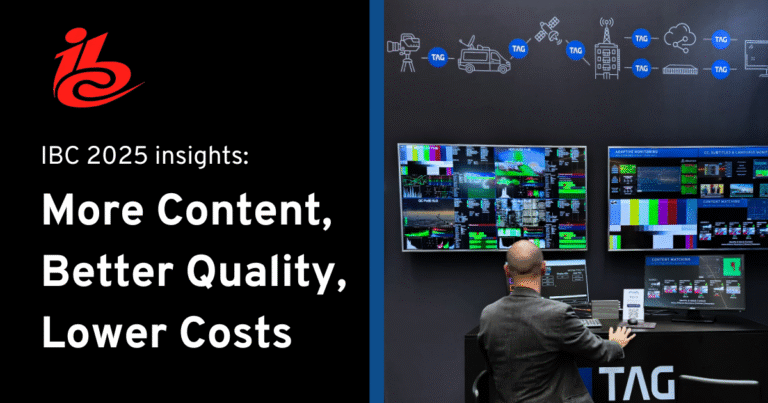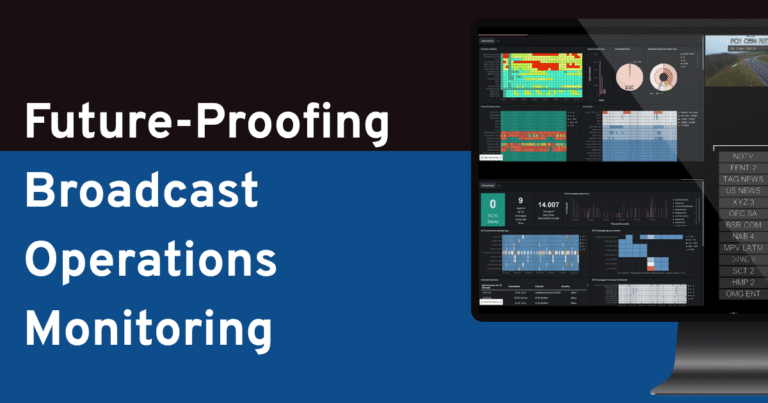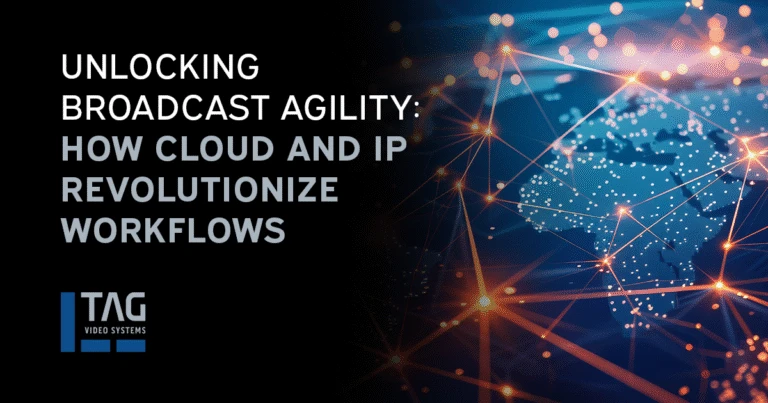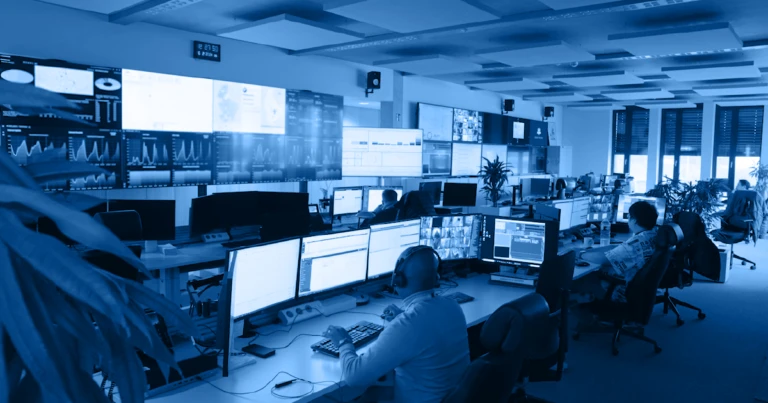Remote production, once considered a workaround, is now redefining the way live sports content is delivered at scale. At the recent SVG Transport panel in New York, representatives from ESPN, TAG Video Systems, Net Insight, and Tata Communications didn’t just talk about bandwidth, cameras, or protocols – they addressed the real work happening behind the scenes to ensure every frame, every feed, and every viewer experience lives up to expectations.

It’s no longer a conversation about whether REMI workflows can handle complex productions. It’s about how well they do it – and how operators and engineers stay confident that what’s being produced, transported, and visualized is healthy, synchronized, and stable. As the panelists discussed, the REMI story has evolved from a cost-saving tactic into a powerful tool for improving flexibility and scalability. Yet with that evolution comes a new layer of complexity, where probing and monitoring become essential infrastructure.
Beyond Connectivity: Why Visibility Matters
Modern REMI workflows involve everything from live graphics and cloud-replayed content to high-frame-rate cameras backhauling from underdeveloped venues via IP transport. These scenarios test the limits of what’s possible – not just in terms of technology, but in how we verify that everything is functioning in real time. The common thread isn’t just connectivity. It’s visibility.
Transport protocols like SRT, RIST, and JPEG-XS may enable low-latency contribution, but without a robust monitoring layer that probes signal health, metadata integrity, and stream synchronization, operators risk flying blind. As remote workflows scale to include hundreds of concurrent feeds – sometimes across continents – the ability to surface faults, validate backups, and monitor by exception rather than exhaustion becomes mission-critical.
Several panelists noted that the push toward distributed workflows has led to more innovative edge-compute strategies. In some deployments, vendors are placing containerized software at or near the venue to run gateway services, tunnel protocols, or even assist with local replay and graphics. These architectures reduce the need to transport every signal back to a central facility, but they also increase the number of points where signal quality can degrade. Without real-time probing at these junctures, engineers can’t react quickly to faults – let alone prevent them.
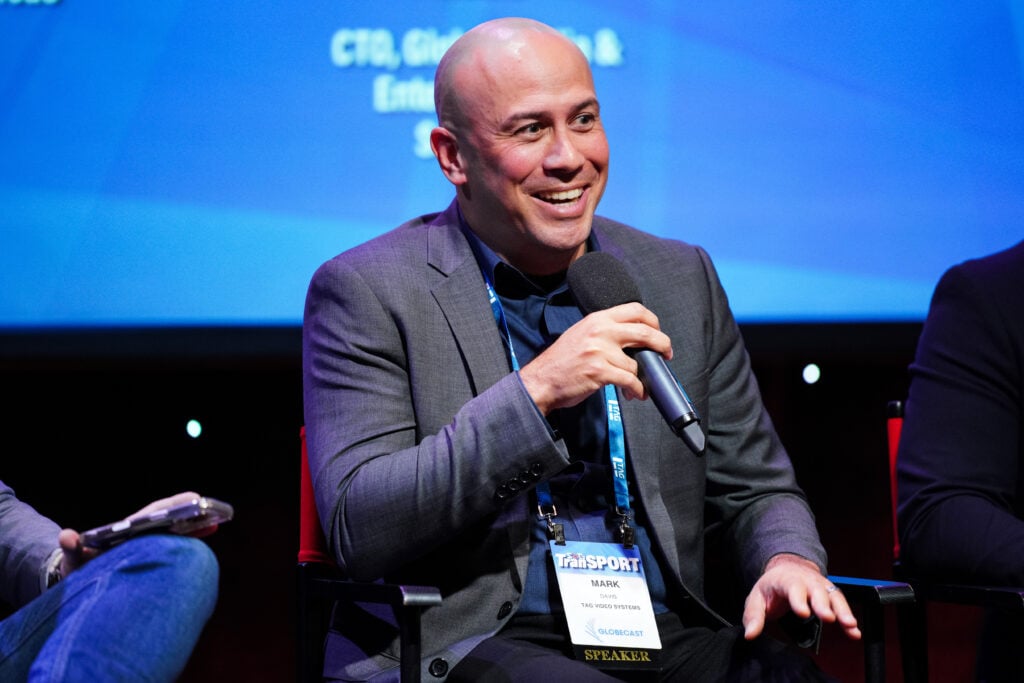
Probing the Edge: Lean Monitoring for Complex Workflows
The industry has moved beyond the “science experiment” phase of REMI. Major broadcasters are pushing 10, 20, even 50 feeds from a single venue back to centralized control and doing it with confidence – but only because they’ve invested in systems that monitor every layer. And while not every event or location justifies a full REMI deployment, it’s no longer reserved for second-tier productions. NFL games, Formula E races, and global tournaments are all using hybrid REMI models to reliably deliver high-value content.
Monitoring, then, isn’t just a checkbox. It’s the guardrail for operational efficiency. Stream health, packet loss, protocol behavior, and latency – these are not static parameters but dynamic elements that must be continuously measured and visualized. Probing technologies that adapt in real time, that compare primary and backup feeds, and that isolate issues quickly are the only way to keep workflows lean while still meeting broadcast-grade expectations.
There’s also a growing awareness that cost savings alone can’t justify REMI anymore. As one panelist observed, if you bring production costs down from ten to six, your budget baseline resets. You don’t get to pocket the difference – you’re now expected to deliver at that lower cost in the future. Which means maintaining – and often enhancing – quality becomes non-negotiable. That’s especially true when it comes to QoE. Viewers don’t notice your budget sheet, but they’ll notice a dropped frame or an out-of-sync audio track.
As the industry heads into the next Olympic cycle, many of these learnings will come into sharper focus. What was once unthinkable – running top-tier coverage from centralized hubs, skipping on-site trucks entirely – is now being executed routinely. But these workflows are only sustainable when operators can trust the underlying signal path. That trust comes from comprehensive monitoring.
Future Proofing Confidence at Scale
Ultimately, remote production is no longer just about where your operators sit. It’s about how confident they can be in what they see. And that confidence doesn’t come from a checklist. It comes from a continuous flow of insight into the health of every stream, every signal, and every link in the chain.
To stay ahead, broadcasters and streamers will need partners who can provide the right tools, offer the right visibility, and evolve alongside the industry. Because while REMI workflows will keep changing, one thing won’t: your ability to deliver exceptional experiences still depends on knowing – with certainty – that every stream is working precisely as it should.
